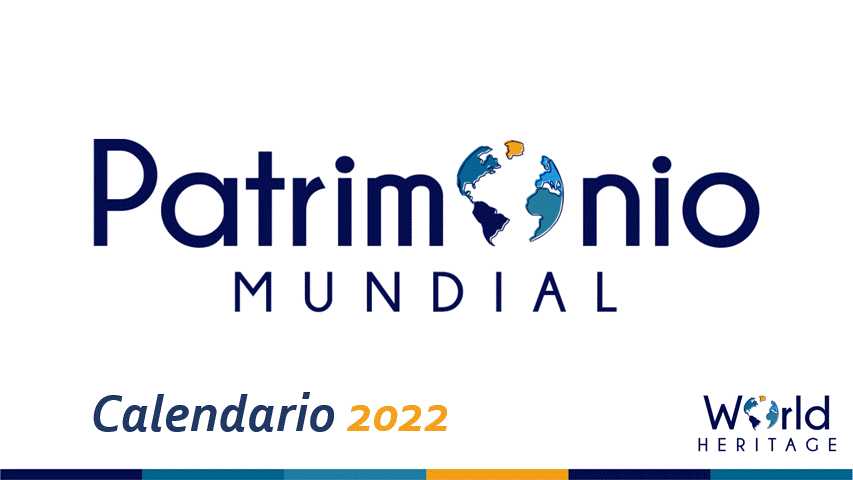During the 12 months of the year, the 2022 calendar succinctly explains World Heritage concepts:

From January to December, you can discover:
1. What is World Heritage?
2. How many types of World Heritage does UNESCO distinguish?
3. What is cultural heritage?
4. What is natural heritage?
5. What is mixed heritage?
6. What is cross-border heritage?
7. What is World Heritage in Danger?
8. What is Excluded World Heritage?
9. How many properties are on the World Heritage list?
10. What is the Convention on the Protection of the World Cultural and Natural Heritage?
11. How many countries have signed the Convention on the Protection of the World Cultural and Natural Heritage?
12. What are the five countries in the world with the most World Heritage?
The Calendar presents images that make us travel the World
The Calendar also includes some of the international celebrations and days commemorated by the UN in order to promote in schools and institutions the development of projects on the dissemination, appreciation and preservation of World Heritage and the Sustainable Development Goals of the 2030 Agenda.



